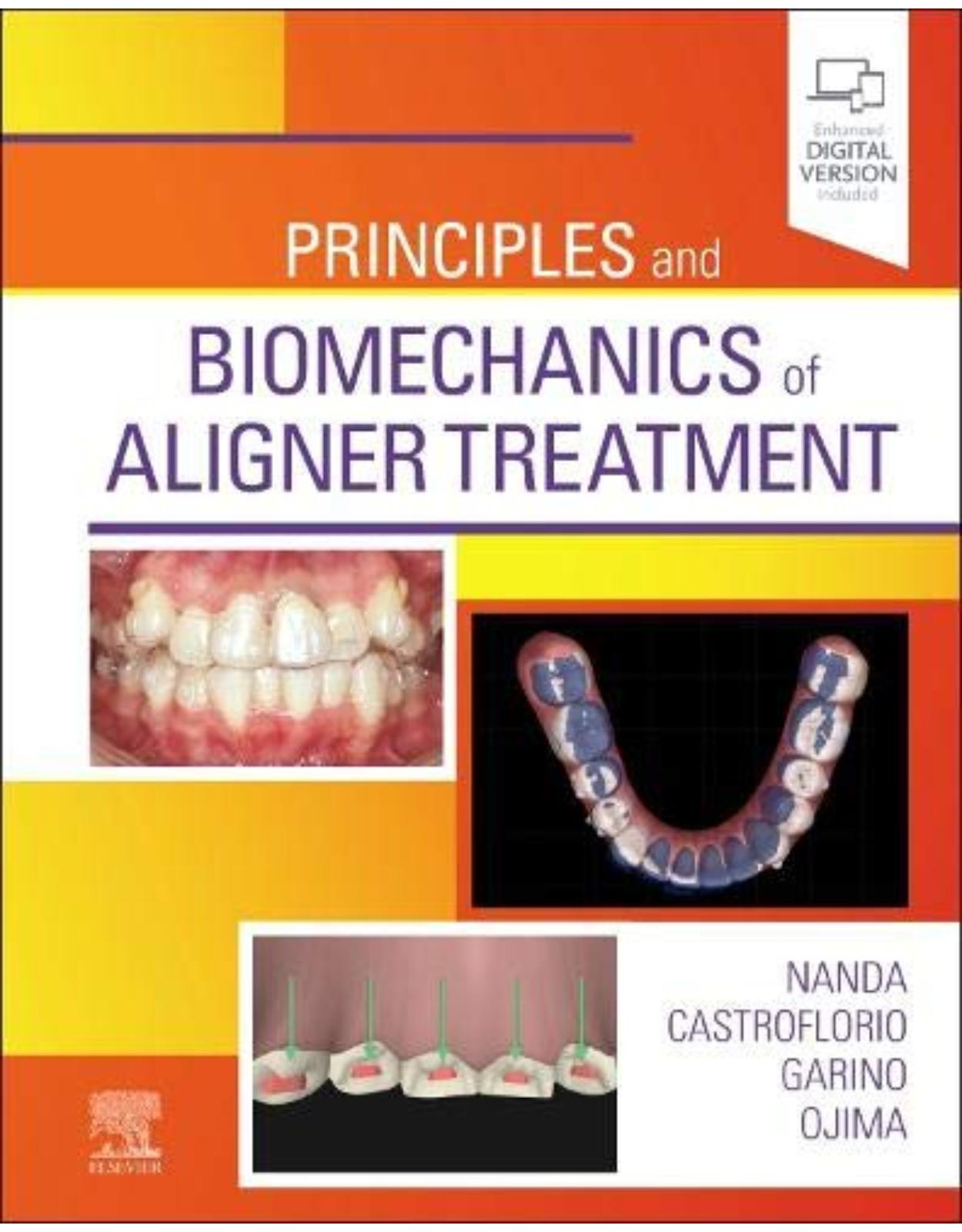
Principles and Biomechanics of Aligner Treatment
Livrare gratis la comenzi peste 500 RON. Pentru celelalte comenzi livrarea este 20 RON.
Disponibilitate: La comanda in aproximativ 4 saptamani
Editura: Elsevier
Limba: Engleza
Nr. pagini: 304
Coperta: Hardcover
Dimensiuni: 22.86 x 1.91 x 28.58 cm
An aparitie: 22 Dec. 2021
Description:
Improve patient outcomes with the latest advances in aligner treatment and orthodontics! Principles and Biomechanics of Aligner Treatment describes how to use and adjust the materials involved in tooth alignment. Featuring full-color photos and illustrations, this book provides a clear overview of tooth alignment techniques along with step-by-step instructions for both normal and unusual cases. An Expert Consult website includes access to the fully searchable eBook. From a team of active clinicians and researchers led by Ravindra Nanda, this expert resource takes your orthodontic skills to the next level.
Table of Contents:
1. Diagnosis and treatment planning in the three-dimensional era
Introduction
Intraoral scans and digital models
3D imaging
References
2. Current biomechanical rationale concerning composite attachments in aligner orthodontics
Introduction
Geometry (active surface orientation)
Location
Size
Functions
Basic attachment configurations in current aligner orthodontics
References
3. Clear aligners: Material structures and properties
Introduction
Polymer molecular structure and thermal properties
Physical and chemical aging of aligner polymers
Conclusions and outlook
References
4. Influence of intraoral factors on optical and mechanical aligner material properties
Introduction
Water absorption
Optical changes
Short-term mechanical loading of aligner materials
Long-term loading
Clinical loading patterns of aligner materials
References
5. Theoretical and practical considerations in planning an orthodontic treatment with clear aligners
Introduction
Theoretical and practical considerations in CAT
Biologic considerations in aligner orthodontics
Patient compliance
CAT fundamentals recap
References
6. Class I malocclusion
Introduction
Diagnostic reference
Treatment plan
Class I conditions
References
7. Aligner treatment in class II malocclusion patients
Introduction
The clinical protocol
Maxillary distalization case reports
References
8. Aligners in extraction cases
Introduction
Diagnosis and treatment plan
Treatment progress
Treatment results
Discussion
Conclusion
References
9. Open-bite treatment with aligners
Diagnosis of anterior open bite
Biomechanics for anterior open-bite correction
Aligner protocols for open-bite treatment
Case report 1
Case report 2
References
10. Deep bite
Introduction
Leveling of the curve of spee
Leveling the upper incisors
Case report 1
Case report 2
References
11. Interceptive orthodontics with aligners
Introduction
Maxillary expansion
Expansion case reports
Class II malocclusion
Mandibular advancement case reports
Conclusions
References
12. The hybrid approach in class II malocclusions treatment
Introduction
Tooth-borne hybrid approach with distalizing device
Case report 1
Case report 2
References
13. Aligners and impacted canines
Introduction
Early diagnosis and treatment
Late diagnosis
Treatment planning and orthodontic management
Labial impactions
Palatal impactions
Clinical case
References
14. Aligner orthodontics in prerestorative patients
Introduction
Space management in the anterior region
Case study
Space management in the posterior region
Management of posterior overerupted molars
Management of patients with a history of temporomandibular disorders
Case study
References
15. Noncompliance upper molar distalization and aligner treatment for correction of class II malocclusions
Upper molar distalization in aligner treatment
Clinical procedure and rational of the Beneslider
Clinical case
Clinical considerations
Conclusions
References
16. Clear aligner orthodontic treatment of patients with periodontitis
Malocclusions related to periodontal disease
Orthodontic treatment in patients with periodontal disease
Diagnosis and treatment planning
Orthodontic movements
Retention
Conclusions
Clinical case
References
17. Surgery first with aligner therapy
Historic background
Splint-aided maxillary and mandibular fixation without labial fixed appliances
Transitioning into and out of surgery with clear aligners
Surgery first and cat
Case study
Conclusions
References
18. Pain during orthodontic treatment: Biologic mechanisms and clinical management
The importance of orthodontic pain
Biologic mechanisms of orthodontic pain and clinical correlates
Orthodontic tooth pain in clear aligner therapy
Modulators of pain: Psychological factors
Clinical considerations for the management of orthodontic pain
References
19. Retention and stability following aligner therapy
Retention and stability in orthodontic treatment
Retention protocols and the choice of retention appliance
References
20. Overcoming the limitations of aligner orthodontics: A hybrid approach
Introduction
Transverse expansion of the posterior teeth
Canine and premolar rotation
Extrusion, intrusion, and overbite control
Molar distalization
Conclusions
References
Index
| An aparitie | 22 Dec. 2021 |
| Autor | Ravindra Nanda BDS MDS PhD , Tommasco Castroflorio DDS PhD Ortho. Spec. |
| Dimensiuni | 22.86 x 1.91 x 28.58 cm |
| Editura | Elsevier |
| Format | Hardcover |
| ISBN | 9780323683821 |
| Limba | Engleza |
| Nr pag | 304 |

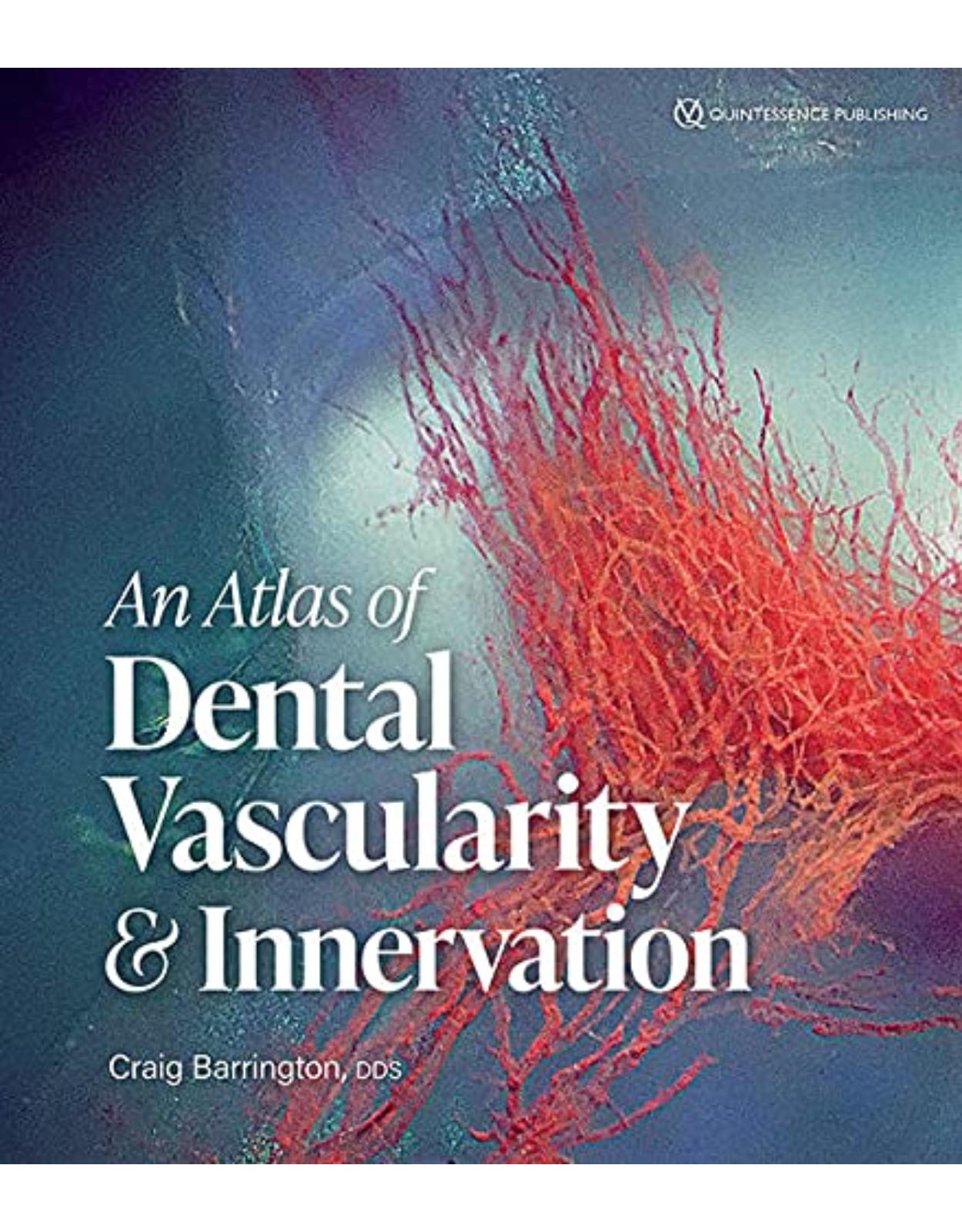
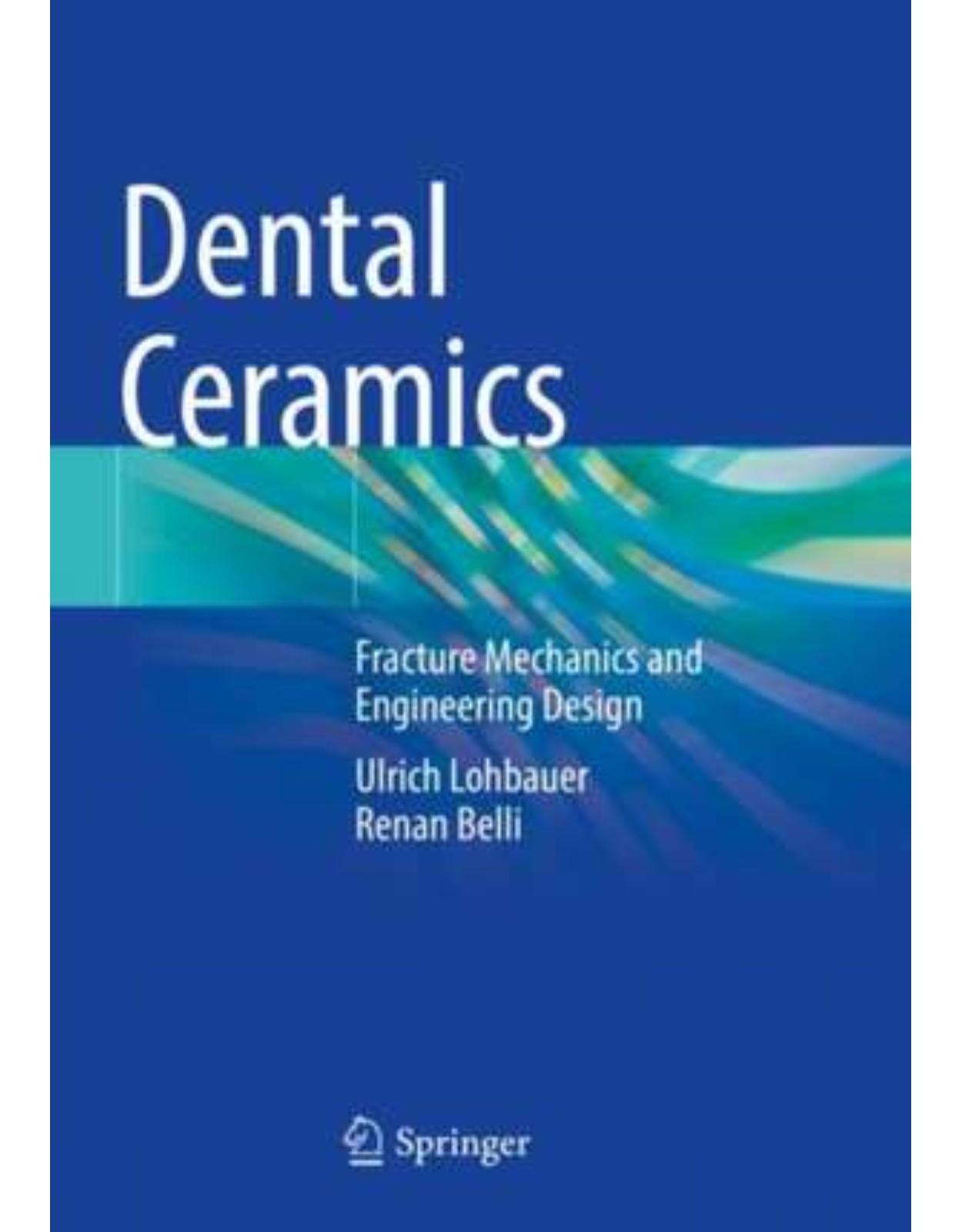
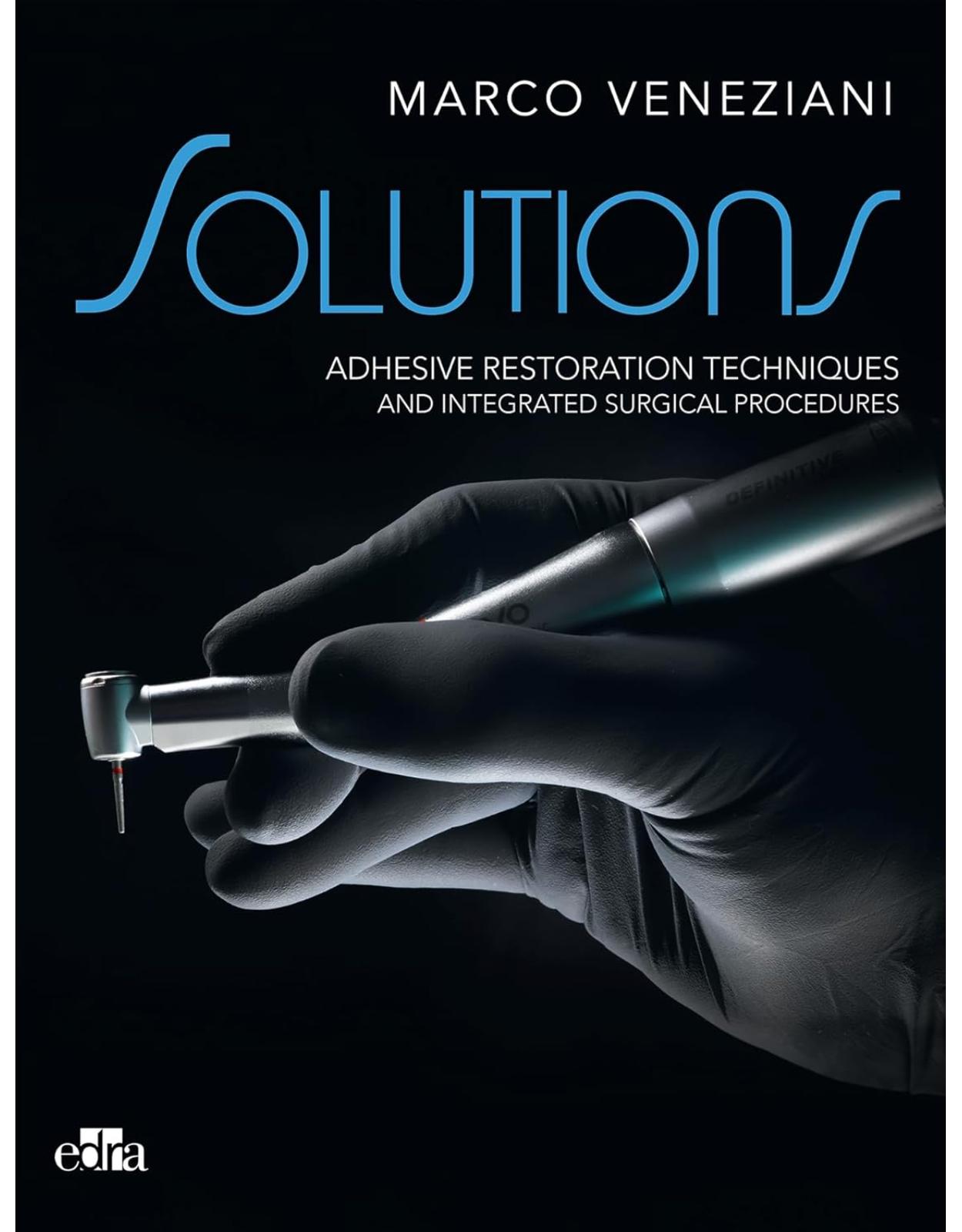
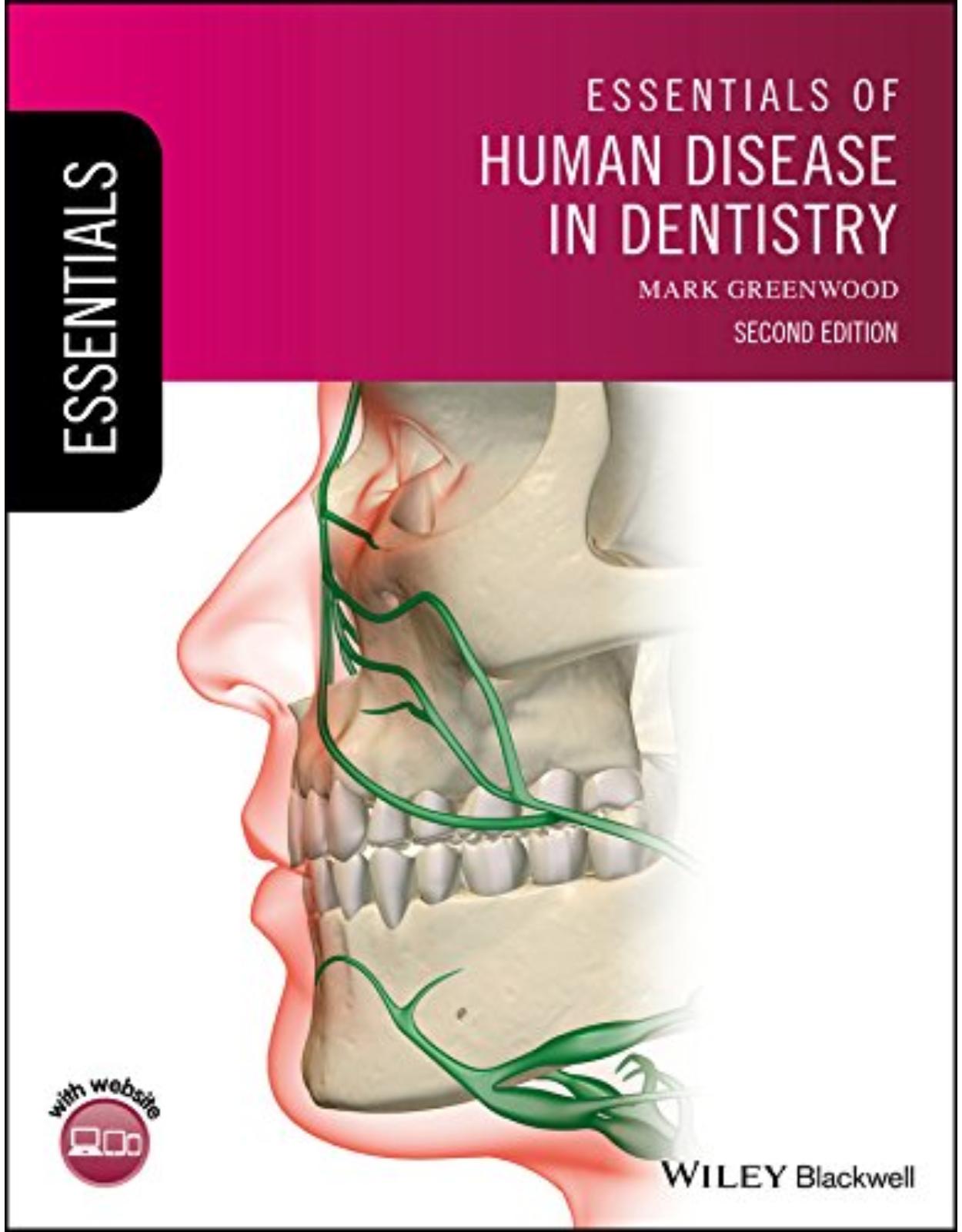
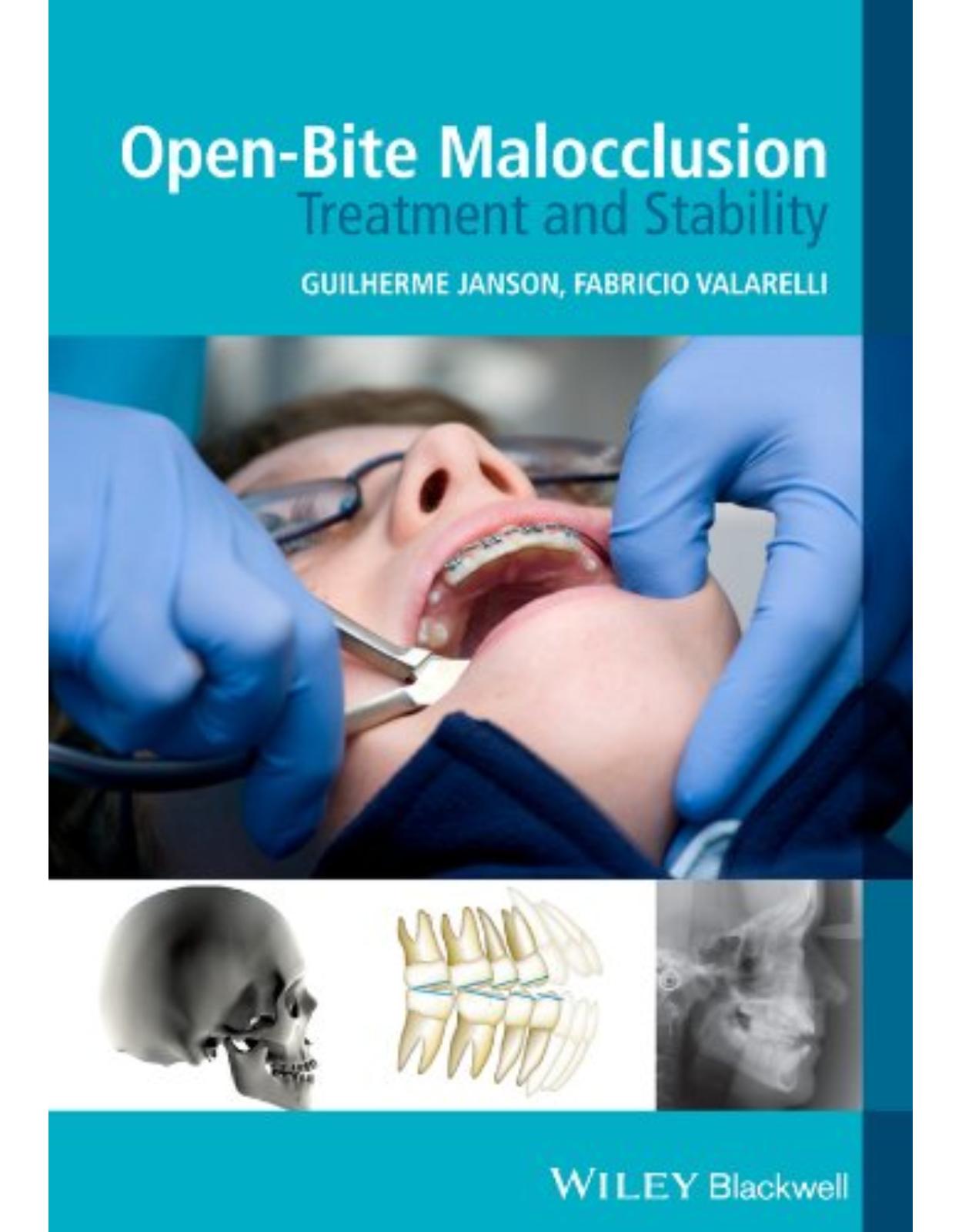
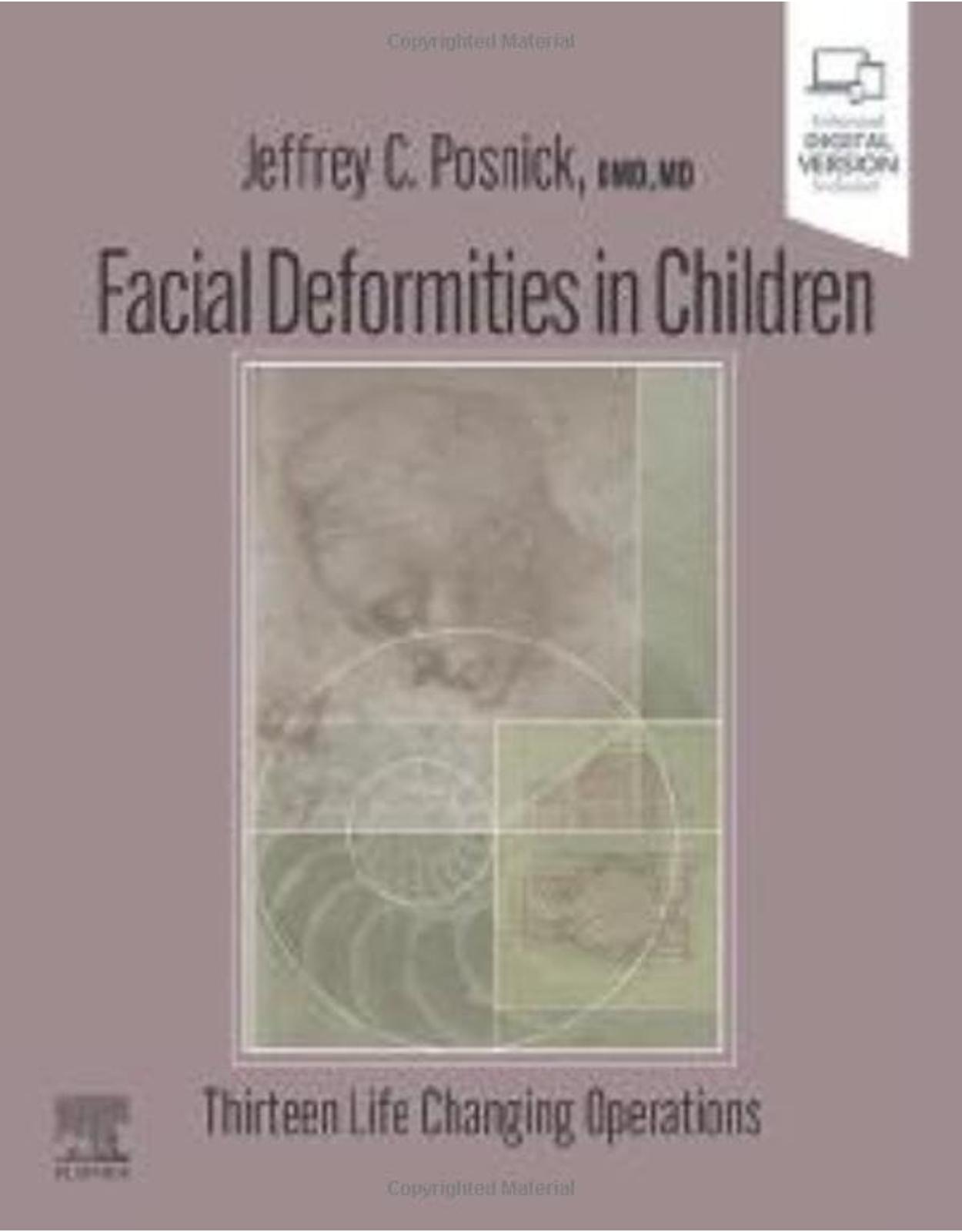
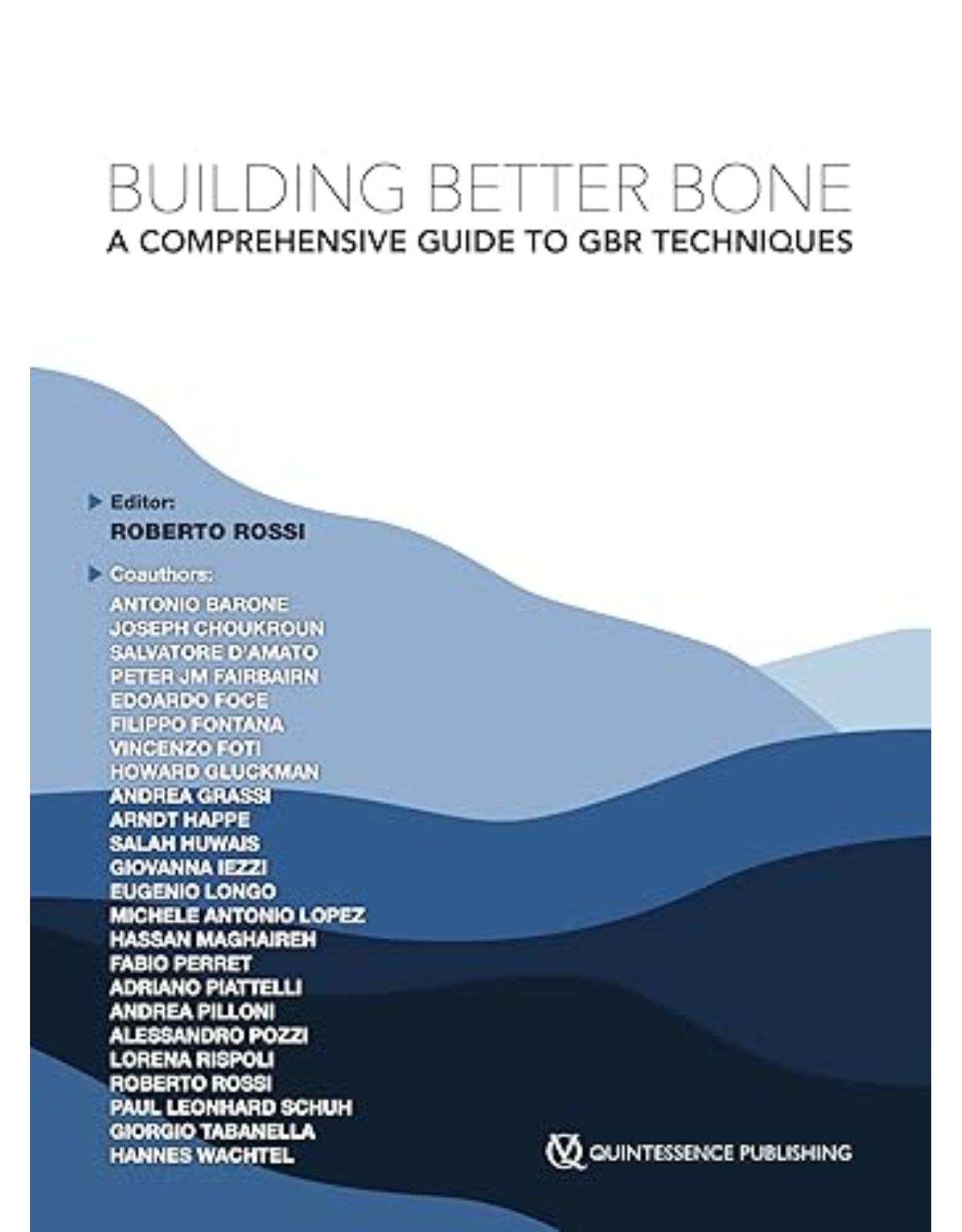
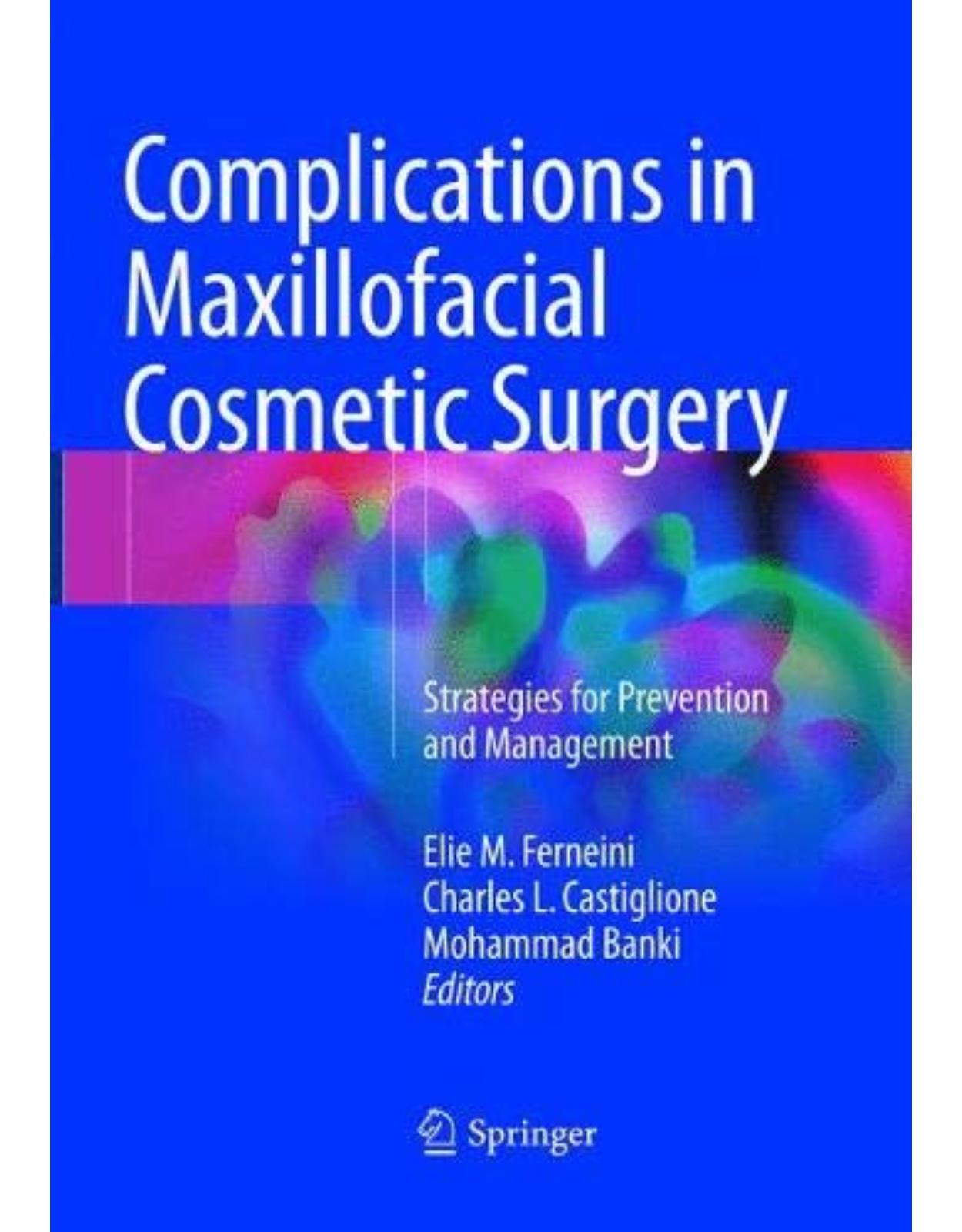
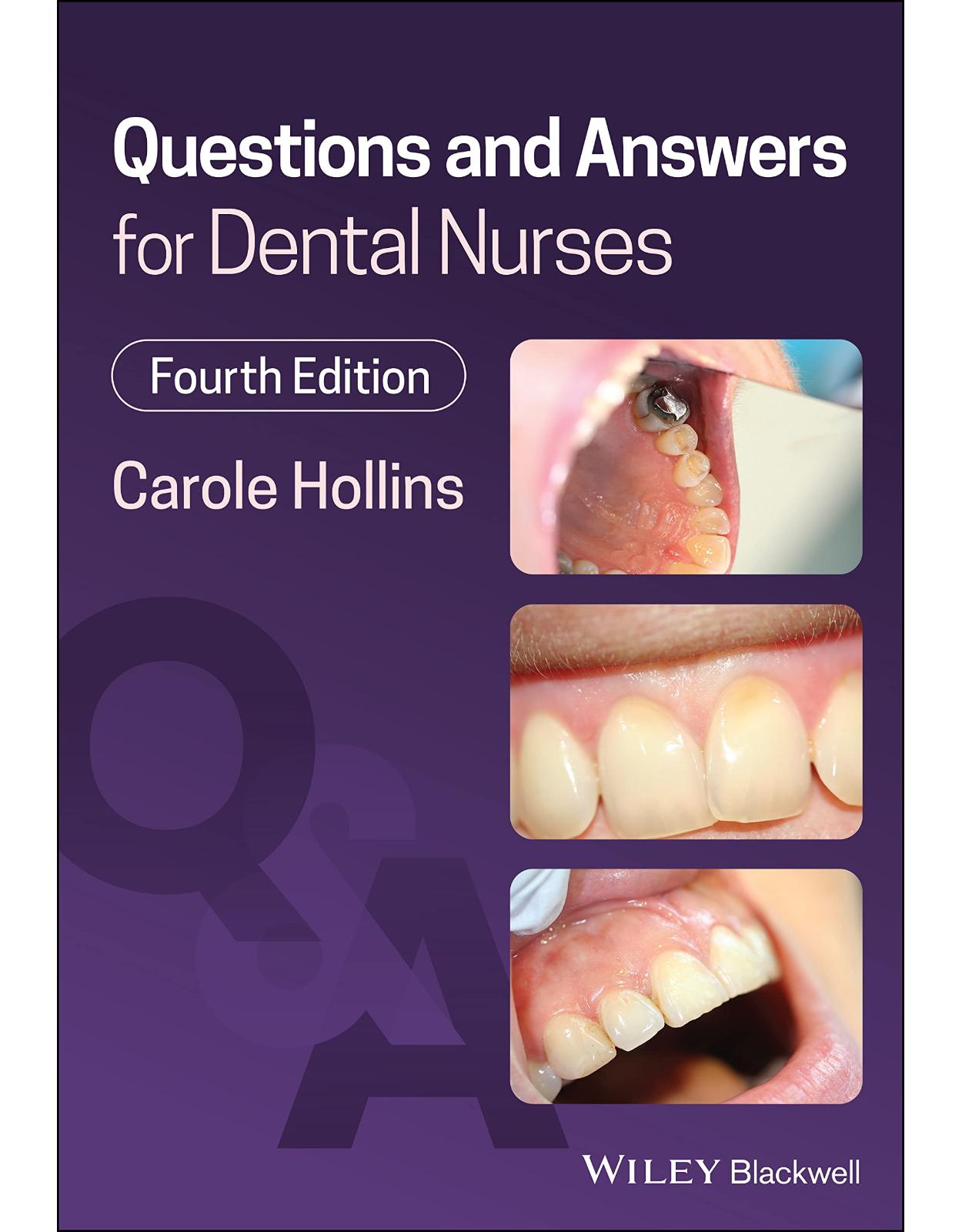
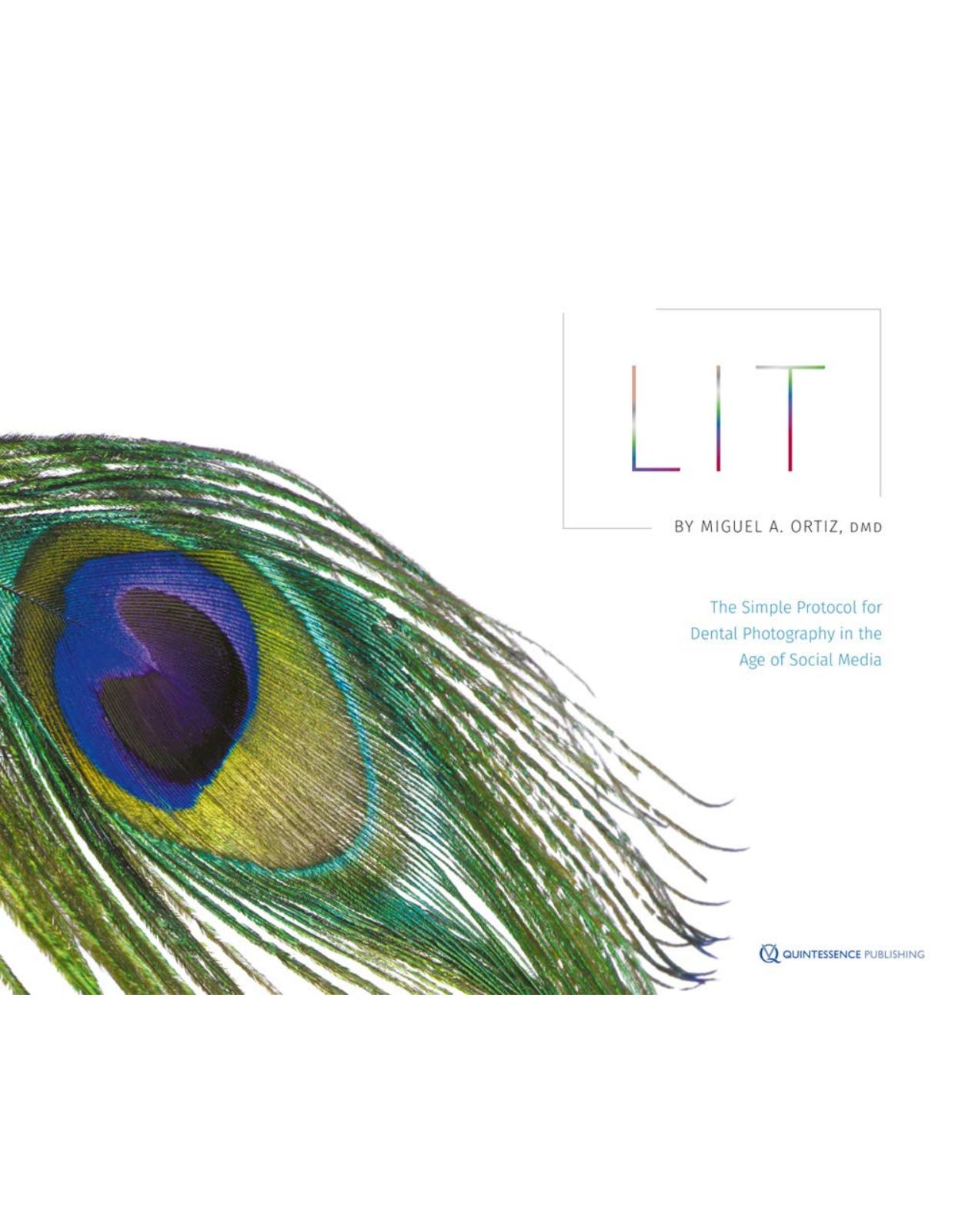
Clientii ebookshop.ro nu au adaugat inca opinii pentru acest produs. Fii primul care adauga o parere, folosind formularul de mai jos.